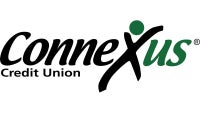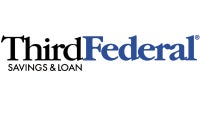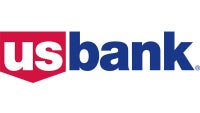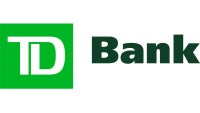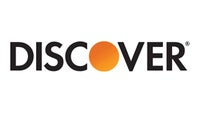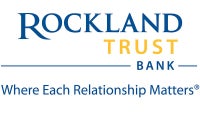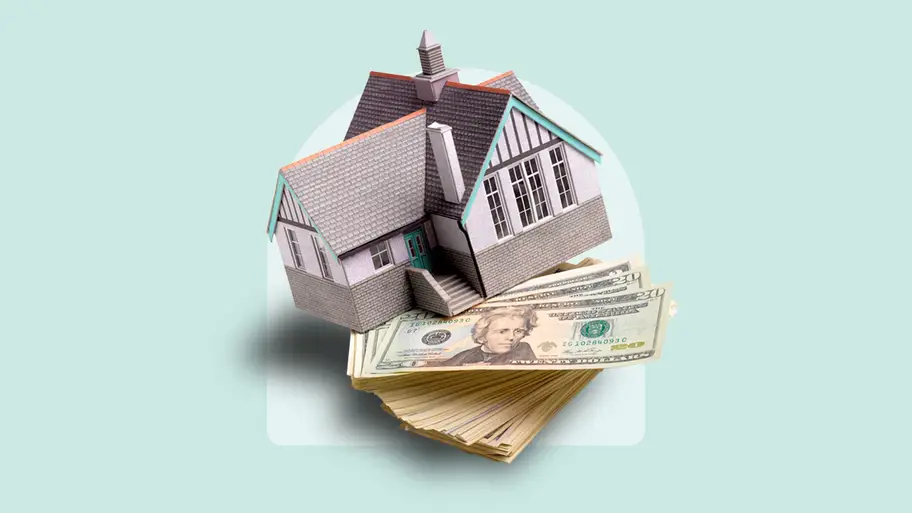To conduct the National Average survey, Bankrate obtains rate information from the 10 largest banks and thrifts in 10 large U.S. markets. The rates shown above are calculated using a loan or line amount of $30,000, with a FICO score of 700 and a combined loan-to-value ratio of 80 percent.
Note: The above APRs are current as of Mar. 26, 2025. The exact APR you might qualify for depends on your credit score and other factors, such as whether you're an existing customer or enroll in auto-payments.
National home equity loan interest rate trends - Mar. 26, 2025
Home equity loans hold steady, at 2025 lows
Home equity loan rates were flat in the latest week. The average rate on the 10-year, $30,000 home equity loan stayed at 8.50 percent and the 15-year $30,000 loan at 8.44 percent, their lows for the year, according to Bankrate’s survey of large lenders. The 5-year loan was also unchanged, at 8.37 percent for the third week in a row.
Unlike HELOCs, home equity loan interest rates are fixed. Once you close your loan, your rate will stay the same whether market rates rise or fall (unless you refinance). However, interest rates on new home equity loans do shift in response to economic conditions and influences, including Federal Reserve monetary policy.
At its latest policy-setting meeting on March 18-19, the Fed left its benchmark rate unchanged but noted that it is carefully watching to see if inflation and employment will be impacted by the Trump administration’s policies. The next Fed policy meeting is scheduled for May 6-7.
Greg McBride, CFA, Bankrate's chief financial analyst, forecasts that the Fed could cut rates three times in 2025, setting the stage for home equity loans to average 7.90 percent by the end of the year.
“Fixed-rate home equity loans will be lower, but the volatility in longer-term Treasury yields will temper the extent of declines seen in the average home equity loan rate,” McBride says.
Generally, a home equity loan is best when you’re certain of the total lump sum you need and exactly when and how you’ll spend the money. Home improvements, debt consolidation, tuition expenses and routine household bills are the top four reasons homeowners gave for tapping their equity for cash, according to Bankrate’s Home Equity Insights Survey.
“It starts with what you are trying to accomplish, then I talk to clients about the benefits,” says Matt Vernon, head of consumer lending at Bank of America. “If it's debt consolidation, [the benefits are] a low interest rate, potential tax benefits and [increased] cash flow. If it's for home improvement, you have the potential to increase the value of your home and receive a tax benefit.”


